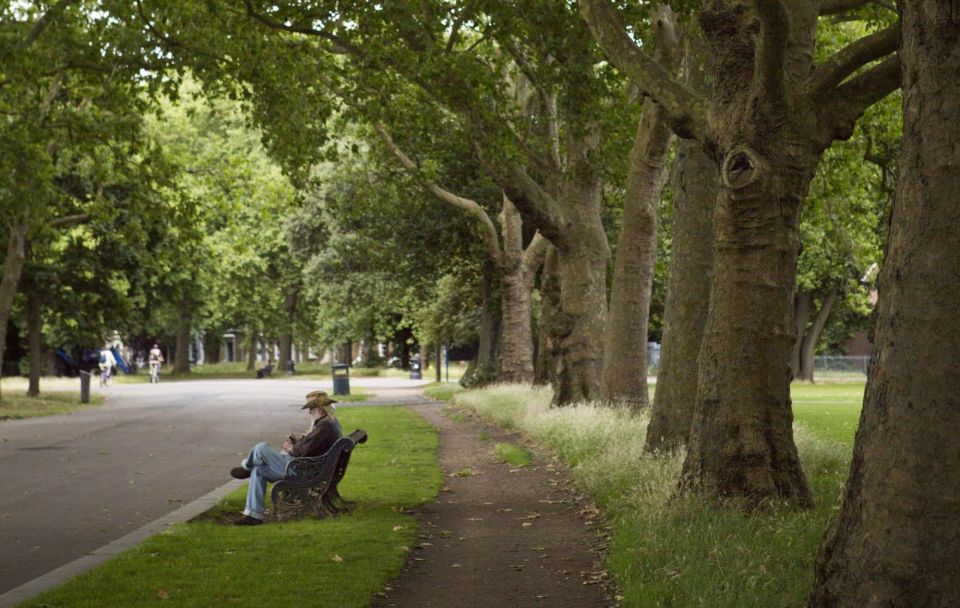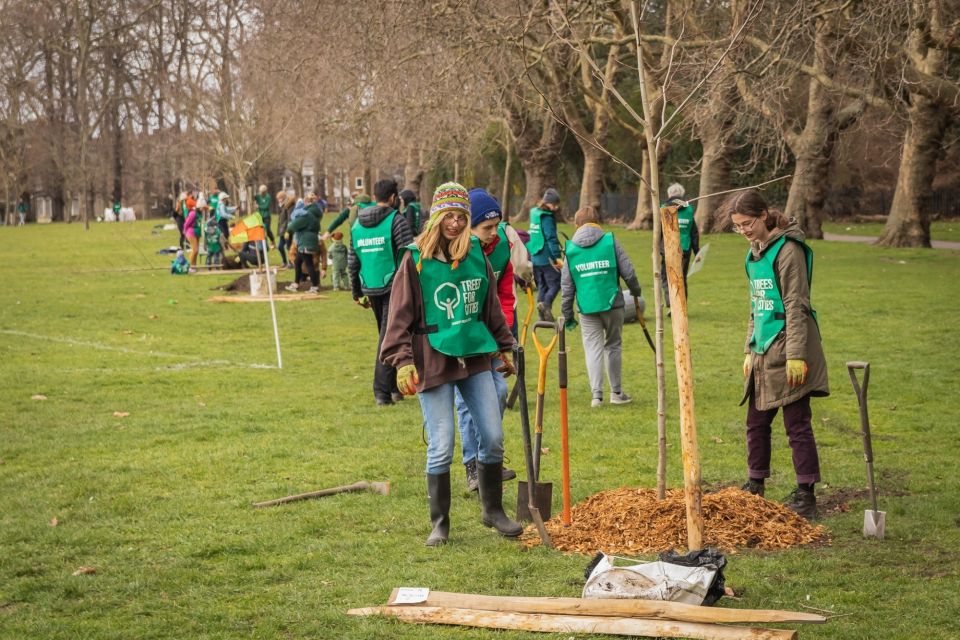The importance of urban parks and green spaces

Being around nature, specifically trees, has been shown to reduce the levels of cortisol in our brains. This is otherwise known as the stress hormone, and lowering it can help to reduce the symptoms of anxiety and stress. To mark Love Parks Week we are celebrating our urban green spaces and the plethora of benefits they bring.
Urban parks and green spaces are important parts of towns and cities that can help us stay healthy and active. We are more likely to leave our homes, go outside and exercise if there are lovely, welcoming trees and green spaces available.
Living in built-up, residential areas can sometimes be stifling which is why having green spaces around us for everyone to access is incredibly key in allowing us to switch off, take in the greenery and have a moment of peace during our day.
Sometimes all you need to do is breathe in the natural air to give yourself a break and relax. A run or walk amongst nature can be very beneficial for both the mind and body!
With the summer trees in season, why don't you take some time out of your day and go for a short walk in nature?

Mental health and well-being
Trees are an excellent remedy for improving our mental health and well-being. A growing body of research is showing that spending time around trees and nature reduces depression and anxiety, especially when combined with exercise. Time amongst trees decreases stress and increases people’s sense of well-being.
Twohig-Bennett said: "One of the really interesting things we found is that exposure to greenspace significantly reduces people's levels of salivary cortisol - a physiological marker of stress. Forest bathing is already really popular as a therapy in Japan, with participants spending time in the forest walking around. Our study shows that perhaps they have the right idea!”.
We love the concept of Forest Bathing - just the same way you would bathe in water or bathe under the sun, forest bathing is the practice of walking among the trees to enjoy the benefits they bring to your mental well-being. Here are our top 5 tips for beginners:
- Find a park, urban forest or wild woodland near you.
- Research your trail options based on how much time you have to spare; whether you’re looking to ‘bathe’ for a few minutes or an hour.
- Have a break from all things social media. This is a time to switch off from the world and enjoy quiet time in nature.
- Awaken all your senses. Take slow deep breaths in. Notice the clean air. Listen to natural sounds around you. Look up. See the wildlife in the trees and count the varieties of green. Marvel at its ancient strength and hidden history.
- Do it regularly. It may not come up high on your weekly to-do list, but forest bathing is something you should try to incorporate into your life.
The importance of being connected with nature was clear during the peak of COVID-19 and lockdowns when the world's only escape from being isolated indoors was going for a refreshing walk and taking in the natural surroundings.
You can read more about the effect urban trees had on our mental health through COVID-19 here.
Physical benefits
Of course, there are also several physical benefits to being outside in nature. You may already be familiar with most of them such as being able to breathe fresh air - a single mature tree can absorb 22kg of carbon dioxide per year which helps purify and clean the air that we breathe in!
But did you also know that, according to research from East Anglia University, spending time outside can also boost your immune system, lower blood pressure, and reduce inflammation? Even muscle tension and pulse rate are measurably reduced within as little as 3 to 4 minutes spent in leafy green surroundings.
We found that spending time in, or living close to, natural green spaces is associated with diverse and significant health benefits. It reduces the risk of type II diabetes, cardiovascular disease, premature death, and preterm birth, and increases sleep duration.
Lead author Caoimhe Twohig-Bennett, from UEA's Norwich Medical School


The way forward
We hope you will have the chance to appreciate the green spaces in your local area, and reap their many benefits. These spaces can help make us happier and healthier and improve our life quality immeasurably. Not to mention the ways urban trees impact air quality, wildlife, prevent flooding, provide shade, and so much more.
The value of urban green spaces has been more apparent over recent years. It is vital, therefore, that we go on greening urban landscapes - and we hope you can help us get there! Our #HealthierCities campaign aims to do just that, by integrating tree planting further into urban development, ensuring that the mental health benefits of our leafy friends are available to all for a long time to come.
Find out more information below and support Trees for Cities today to help keep our urban parks, towns and cities, thriving with more trees for today's and future generations to enjoy!
Donate to Trees for Cities and together we can help cities grow into greener, cleaner and healthier places for people to live and work worldwide.
Donate